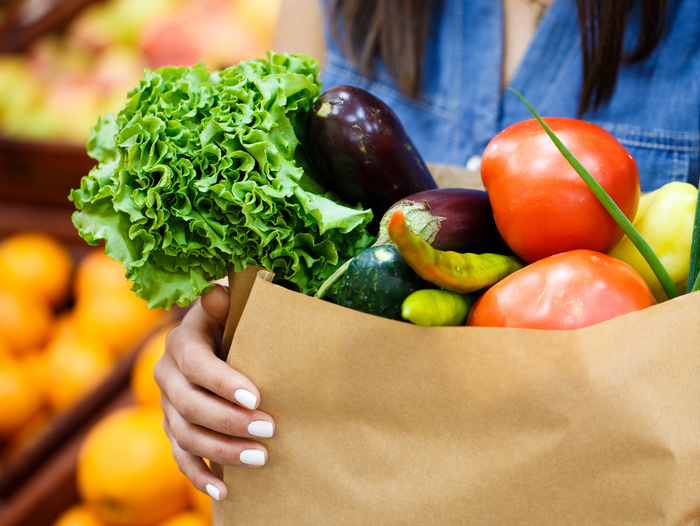
Corn, wheat, and soybeans are the top three U.S. field crops, and they comprise the majority of field crop inputs to the U.S. food supply. The average farm price of these crops, weighted by their production volumes, regularly rises or falls by more than 10 percent from year to year.
However, price changes at the farm level do not always show up on grocery shelves or restaurant menus. Price swings at the farm level have less impact on food prices as food gets closer to the dinner table. For example, the production-weighted farm price of corn, wheat, and soybeans increased by 43 percent in 2011. That same year, the Producer Price Index for intermediate foods and feeds, a category of processed foods such as wheat flour and soybean oil, rose 12 percent. Retail food prices—as measured by the Consumer Price Index for all food (foods purchased in stores and eating places)—rose just 4 percent.
The process of converting farm commodities into consumer foods, such as corn flakes and restaurant meals, adds additional value and requires additional production inputs such as labor, energy, packaging, transportation, and marketing. Thus, farm commodity prices are a small piece of retail food prices, particularly for highly processed products and restaurant offerings. In the past few decades, as processed foods and away-from-home dining became a greater portion of Americans’ diets, the farm (or commodity) share of the foods Americans eat declined. According to the USDA, Economic Research Service’s food dollar statistics, the farm share of a typical dollar spent by consumers on domestically produced food fell from 17.5 percent in 1993 to 14.6 percent in 2018.
To read the rest of the story, please go to: USDA ERS



